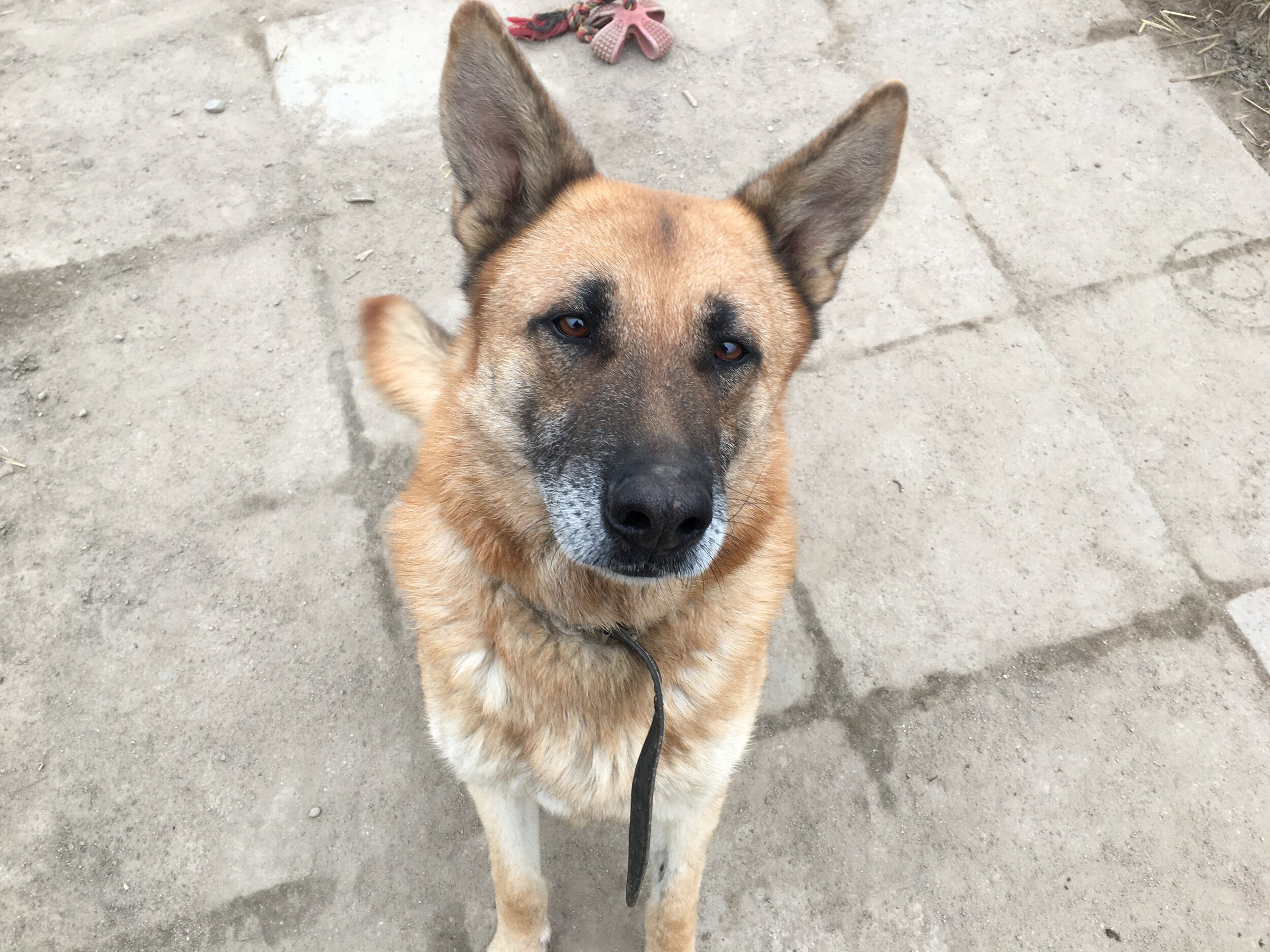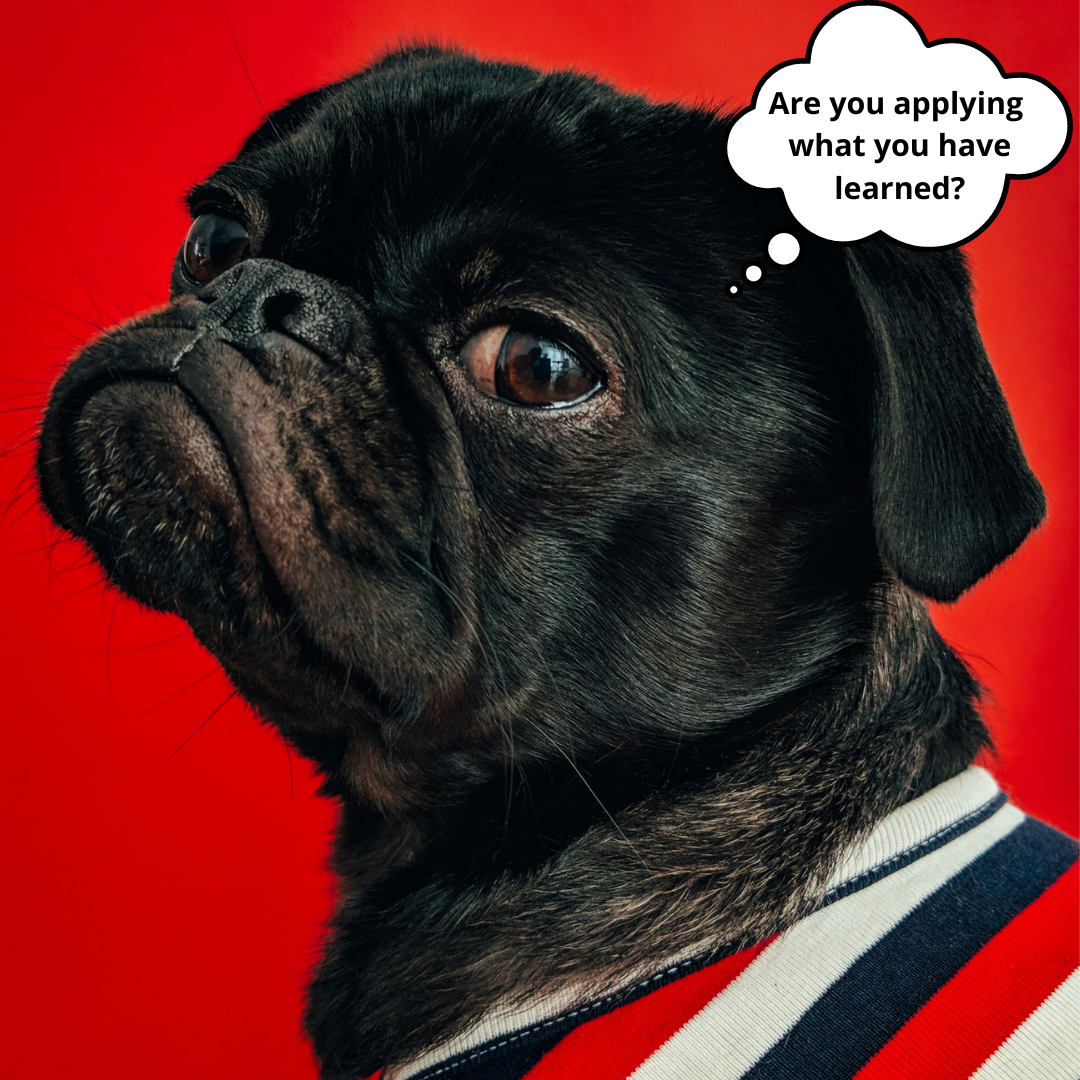Dogs’ body language part 2
To understand our dogs better, it’s important to start recognising their body language. It’s a skill that can be developed through observation.
Lili Chin with her Doggie Drawings created amazing resource to help us all learn most common doggie language signals. It’s one thing to talk about them and another to recognise them in a dog. Drawings that Lili shared can be even more helpful than seeing those in a real dog. Look through the poster and see how many of them were you able to recognise? What didn’t you know yet? Can you start to look for them in your dog?
It can be easy to miss signs our dog is sending. We don’t normally pay attention when the dog is nose licking or yawning. Sometimes our dog can be stressed and we won’t even realise that. Many times I hear “my dog is fine!” when he was displaying nose licks, yawning, head turning while having tensed muscles. It’s not natural for us to notice it all, especially when it can happen very fast. Noticing can only come with practice.
I already spoke how recognising body language is based in context (see 6th point in this post). Sometimes yawning can just mean that the dog is tired, it won’t always mean that he is stressed. Sometimes dog yawns when he is excited about something. However, only when you know that it can mean all of those things, you can start to interpret it accordingly to what is going on around.
Nose/lip lick that could potentially mean “I’m unsure of this camera” but also “I would like these treats, please”
I would like to add that there is no need to panic or start to see stress signs everywhere. Stress is neither good nor bad. It’s ok to feel stressed or anxious about something if it doesn’t last long. It only becomes a problem when it almost never switches off. If the dog is afraid of other dogs and is forced to meet them anyway, that can create problems. He might be stressed this whole time and later become anxious just by coming towards an area where he previously saw dogs. I would encourage visit to a vet for advice and preferably hiring a trainer who can help ease his anxiety. There is no need for panic, instead, we can take action to help our pups.
Neither “my dog is fine” nor “OMG! My dog is stressed all the time, what have I done!” is helpful. We are only doing what we believe is right. There is no need to blame ourselves or others who have different opinions. It all starts from us. It’s you who can ask yourself: can I learn something new? Am I willing to change the way I see this? What is the one action that I can take right now?
Whale eye, Can you see the tension on his forehead?
Photo by Michelle Tresemer on Unsplash
Be a superhero for your dog, he will love you for it!
Doesn’t he look like he is singing? haha














I'm feeling great and I prioritise health. I don't feel better than anyone else! I can enjoy feeling good about myself and hope for everyone else to enjoy themselves too. I believe that happiness is not something you achieve, it's something you DO. I'm choosing habits for happiness and I do them every day. I hope you can join me and start to seek happiness every day.